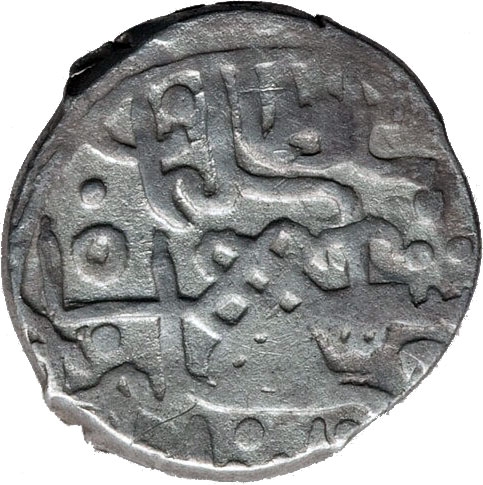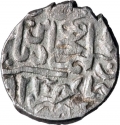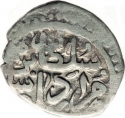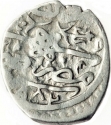You are about to finish your registration. Please check your mailbox (including spam folder). There should be a letter with a confirmation link. Check setting to make sure that your e-mail address is correct.
Send letter againDescription
Suleiman I (1494–1566), commonly known as Suleiman the Magnificent in the West and Suleiman the Lawgiver in his realm, was the tenth and longest-reigning Sultan of the Ottoman Empire from 1520 until his death in 1566. Under his administration, the Ottoman Empire ruled over at least 25 million people.
Suleiman succeeded his father, Selim I, as sultan on 30 September 1520 and began his reign with campaigns against the Christian powers in central Europe and the Mediterranean. Belgrade fell to him in 1521 and the island of Rhodes in 1522–23. At Mohács, in August 1526, Suleiman broke the military strength of Hungary.
At the helm of an expanding empire, Suleiman personally instituted major judicial changes relating to society, education, taxation and criminal law. His reforms, carried out in conjunction with the empire's chief judicial official Ebussuud Efendi, harmonized the relationship between the two forms of Ottoman law: sultanic (Kanun) and religious (Sharia). He was a distinguished poet and goldsmith; he also became a great patron of culture, overseeing the "Golden" age of the Ottoman Empire in its artistic, literary and architectural development.
Breaking with Ottoman tradition, Suleiman married Hürrem Sultan, a woman from his harem, an Orthodox Christian of Ruthenian origin who converted to Islam, and who became famous in the West by the name Roxelana, due to her red hair. Their son, Selim II, succeeded Suleiman following his death in 1566 after 46 years of rule.
The Eyalet of Egypt operated as an administrative division of the Ottoman Empire from 1517 to 1867. It originated as a result of the conquest of Mamluk Egypt by the Ottomans in 1517, following the Ottoman–Mamluk War (1516–17) and the absorption of Syria into the Empire in 1516. Egypt always proved a difficult province for the Ottoman Sultans to control, due in part to the continuing power and influence of the Mamluks, the Egyptian military caste who had ruled the country for centuries.
Obverse

|
Tughra in Suleiman I name, "Sultan Suleiman I ibn Selim I Khan". سلطان سليمان بن سليم خان |
|---|---|
Reverse

|
Arabic legend and Ottoman Turkish legend "Struck in Egypt" and the accession year in Hejira (AH928) below. عزنصره ضرب في |
| Edge |







